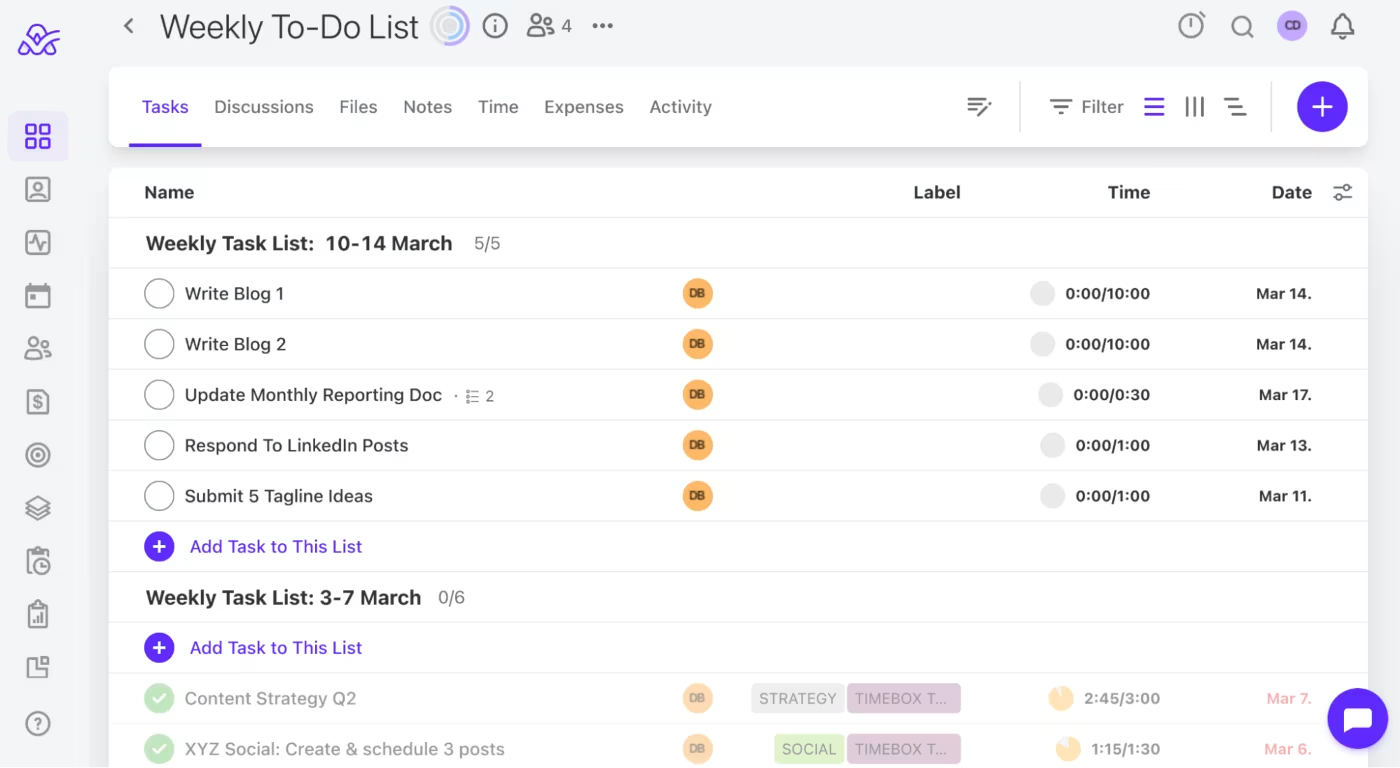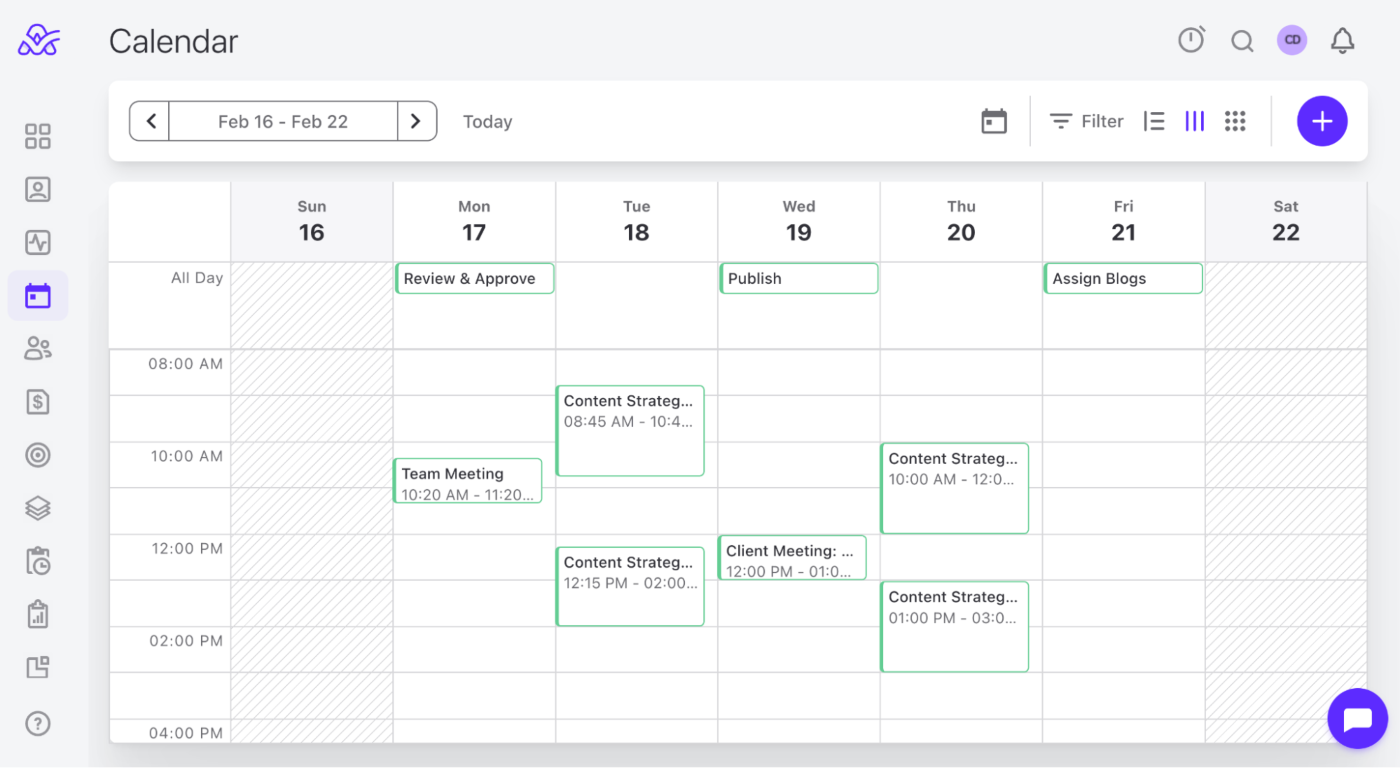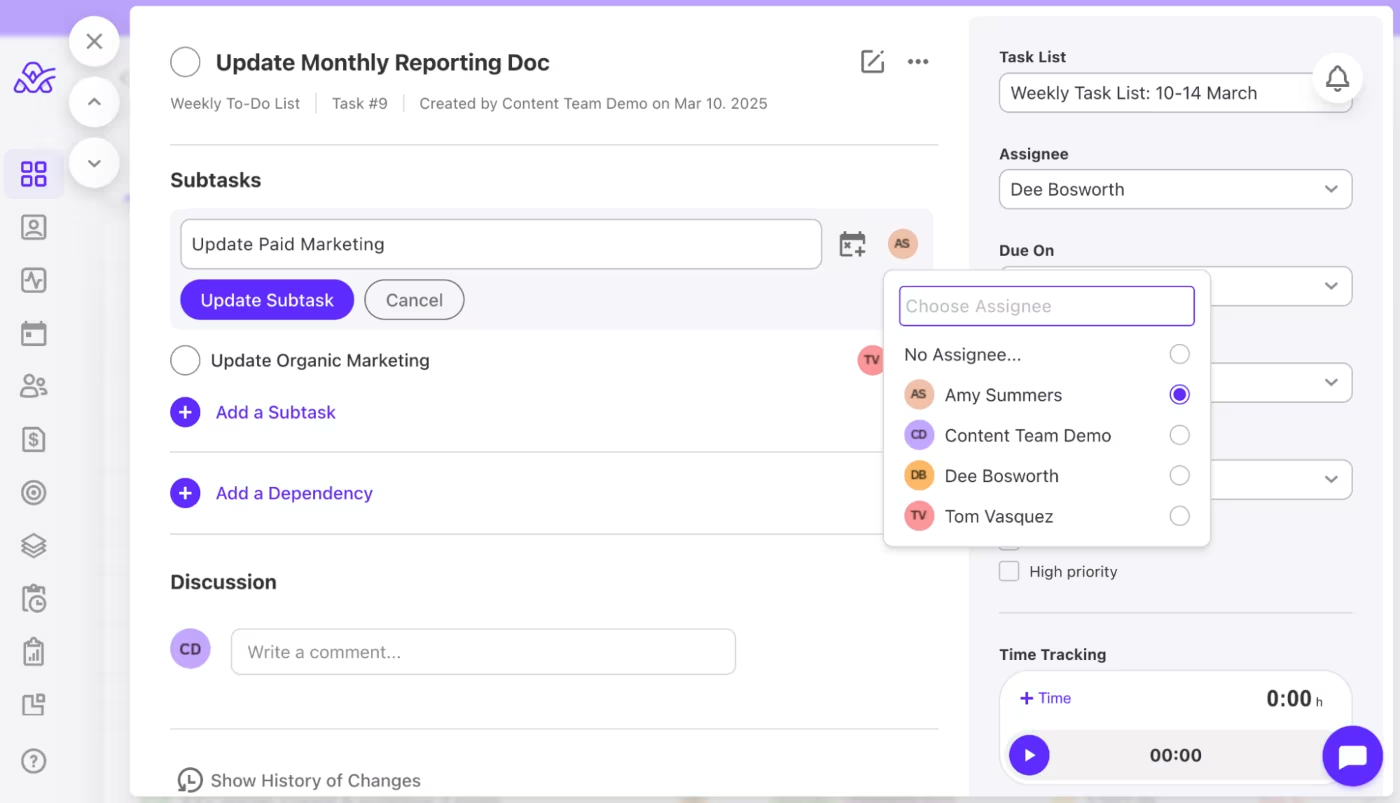Do you believe in hacks? Maybe you’re one of those people who’ll try anything that promises to free up time in their busy schedule and let them do more with less. If that’s the case, then you’re onto something.
According to an IBM report, executives believe the top two behavioral skills that are absolutely critical for today’s workforce are A: The willingness to be flexible, agile, and adaptable to change, and B: Time management skills and the ability to prioritize.
Both require an open mind and a positive attitude to trying new things. Now, if you’re one of those people, you’ve probably trialled and tested a few time management hacks, but have you tried the Pareto Principle? If not, it’s high time you did. Keep reading to find out how this hack promises to help you work more effectively.
What is the Pareto Principle?
The Pareto Principle is the idea that 80% of achieved impact or results comes from 20% of work or effort. Discovered by Vilfredo Pareto way back in 1896, it’s a theory that is believed to be true to this day, which is why it’s applied across many disciplines in different ways.

Some examples of the Pareto Principle in real-life scenarios include:
- 20% of team members deliver 80% of the work
- The top 20% of clients make up 80% of your agency profits
- 80% of organic traffic comes from 20% of published content
In most cases, the principle, which is also known as the 80/20 rule, is used as a technique for:
- Effective time management – You dedicate your best focus time to 20% of the tasks that deliver the greatest or most important impact.
- Increased productivity – Actioning the most important and most impactful tasks creates a flow of increased productivity in your working day.
- Task prioritization – By identifying the tasks that will deliver the greatest return and actioning them first, you deliver the desired results in the shortest amount of time.
However, the idea can also be applied in key business decision-making processes like:
- Resource allocation & planning – You might choose your top 20% of employees to work on the accounts that deliver the greatest return and allocate the rest across other accounts.
- Strategic planning – You might identify five strategic priorities in your planning session, but you’ll focus most of your effort, energy, and budget into the one (20%) that will deliver the most positive impact (80%).
4 Steps To Apply The Pareto Principle
To show you how to apply the Pareto Principle in four steps, we’ll apply it as a time management technique for actioning priority tasks.
Step 1: Create A List Of All Your Tasks
The first step is to list all your daily or weekly tasks in one place. If you go weekly, it means you only have to repeat the process once a week, which not only makes it more efficient but also minimizes stress because you have your time planned out five days in advance.
Now, there are a couple of reasons you do this:
Clarity – When you transfer all your tasks from your brain to a physical source, you get a clear idea of the workload you need to manage. This process also removes the feeling of being overwhelmed when you’ve got a lot on your plate.
Prioritization – By having the full list of tasks in front of you, it will be easier to identify which are priority tasks (that golden 20%) and which fall into some other category.
Tip: Use A Tool For Your List
While you can do this the old-fashioned way (on paper or in a spreadsheet), it’s best to use a work management tool like ActiveCollab. That way, you not only list your tasks but also set their due dates.
Here is an example of what your task list might look like in ActiveCollab:

Step 2: Find the 20% of Tasks That Carry The Greatest Impact
The next step is to go through your list, one by one, and prioritize them so you can find your top 20% tasks: the impact tasks. Now, this is the most difficult part of applying the Pareto Principle. If you don’t make the right selection, you won’t get that 80% impact you’re looking to achieve.
Some questions you can ask yourself to pinpoint those high-impact tasks are:
- On a scale of 1-10, how much value does this task carry?
- Is this a core strategic driver for the business?
- Am I risking a client relationship if I don't take action on this task quickly?
- Is this task a bottleneck for other team members or portfolios?
When you’ve analyzed your tasks through these questions, simply rank them in order of most valuable to least valuable. Assign each task a number, where 1 is the most valuable task.
Tip: Label Your Tasks To Make Selection Easier
By using a task management tool and labeling your tasks by type, urgency, or importance, you can help simplify your selection. For example, if you use ActiveCollab, you can create customized, colour-coded labels that you can sort and filter.
Once you have this extra layer of clarity around what each task is for and what it involves, it will be much easier to see your impact tasks. You can highlight or colour-code it (perhaps in red) and give your top 20% tasks a priority label.
However, the thing you need to watch out for here is to make sure only 20% of tasks on your list carry the priority label. So, if there are 20 tasks on your list, only four can be prioritized.
Here is an example of what your labeled tasks might look like in ActiveCollab:

Step 3: Schedule Your Priority Impact Tasks
The next step is to schedule and block out your peak focus time for priority impact tasks. Notice we say peak focus? This means you don’t choose any old time to do this important work, you use your most productive time slots when you feel most energized and engaged.
Now, everyone is different. For some, it might be early morning; for others, it might be after lunch. But it's super important you put aside these times for your most important tasks because:
- Chances are the tasks will take less time if you use your most productive hours
- Tasks you complete in your peak work zone tend to be of a higher quality
Tip: Use A Time Blocking Method
Using a time-blocking method makes sure your calendar is booked out so the priority tasks are done, and nobody can hijack your deep work hours with a meeting invite. For example, if you use the calendar in ActiveCollab, two time-blocking methods you might choose could be:
- Time boxing – Divide a large, complex priority task into four parts and block out 2-hour time boxes each working day in the early morning period (because that’s your most productive time). This still leaves a good chunk of the day to dedicate to other tasks on your list.
- Day Theming – Choose to use the day theming method and block out an entire working day to dedicate solely to your priority task because that’s the day you work from home and have minimal distractions. While you may have blocked one day, you have the rest of the week for your other tasks.
Here’s what these two time-blocking examples might look like in the ActiveCollab calendar:

Step 4: Deal With The Remaining 80% Of Tasks
The final step is to make sure the remaining 80% of tasks either get scheduled for actioning as secondary tasks or delegated out to your team. Now, the beauty of this step in the Pareto Principle is that it helps you sift and shift tasks, as well as sift and bin tasks, on a regular basis.
But why is that important? Because it means you are constantly making more room for the work that matters and getting rid of the stuff that doesn’t add value. Think of it as the spring cleaning step.
Here are a couple of guidelines you can use to manage your spring cleaning:
- Delegating tasks – Two common types of tasks you can delegate are administrative tasks, which might go to juniors in your team, and growth tasks, which you can send off to team members you’d like to develop in that particular skill or area.
- Binning tasks – Without realizing it, many teams continue to carry out tasks or keep meetings that happened to be the norm when they arrived a few years ago. At some point, many of these may have lost their value, but they still continue to exist in the workflows. These are the ones that need to go!
Tip: Use A Work Management Tool To Delegate Tasks
For all those tasks that can be delegated out, you should consider using a tool like ActiveCollab to assign and track the completion of tasks so they don’t fall through the cracks. For the ones that will stay on your to-do list, simply schedule them into your calendar for actioning.
Some of the other benefits you’ll get from using ActiveCollab as your work management tool include:
- Create sub-tasks so you can delegate part of a task to someone else.
- Set recurring tasks
- Get daily email notifications of outstanding tasks.

Pros & Cons Of The Pareto Principle
Before you jump in and apply the Pareto Principle, you should keep in mind some of the pros and cons of the time management hack.
Perks of the Pareto Principle:
- Use time more effectively – First and foremost, its greatest benefit is that it will help you use your working hours more effectively.
- Weigh out priorities – The other benefit is the process of analyzing and consciously weighing up the value and impact of each task, which helps you understand what your most profitable and worthwhile work items are.
- Identify tasks to delegate & automate – Finally, the process lets you load off tasks that can be delegated out or perhaps even automated in some way, creating more time in your day for more strategically important tasks.
Drawbacks of the Pareto Principle:
- Real-life contexts are more complex – Prioritizing simple tasks may be easy, but the technique can prove to be a challenge with more complex tasks and ones that seem to have similar levels of priority.
- What’s important is subjective – What one person believes to be a priority, and another may not. So, in a team environment, there could be a disparity in views that might make the method deliver a lower level of efficiency and productivity.
- Risk of overlooking mid-weight tasks – If many of the tasks in your list take a long time to complete, you may completely overlook the non-priority tasks that still need to be completed.
Use ActiveCollab To Manage Time With The Pareto Principle
The Pareto Principle is a simple time management hack that can be applied in many different ways and contexts. The core idea behind it is to prioritize work and spend your most productive hours on the tasks that carry the highest value or return.
Ultimate way to achieve this is through ActiveCollab's productivity and resource planning feature as you have everything you need to prioritize and determine most efficiency workload based on capacity plan.
As a work management platform, ActiveCollab is a great tool that you can use to apply the Pareto Principle practically by creating projects and task lists, which you can then customize for prioritization and action.
Some of the helpful features include the ability to assign unlimited customizable labels to each task, set due dates, track time spent on each task, and delegate tasks by assigning them as to-do items to your team members.
ActiveCollab is a powerful yet simple-to-use tool that’s been designed to help service-based businesses streamline their workflows and identify ways to work more efficiently.
Loved by all types of service businesses, we offer project management, client and freelance management, productivity and resource planning, team collaboration, invoicing and expense tracking, as well as budgeting, profitability, and reporting capabilities, all in one tool.
If that sounds enticing, why not give us a test run? Sign up to ActiveCollab’s 14-day free trial or book a demo to have one of our people walk you through the tool!

